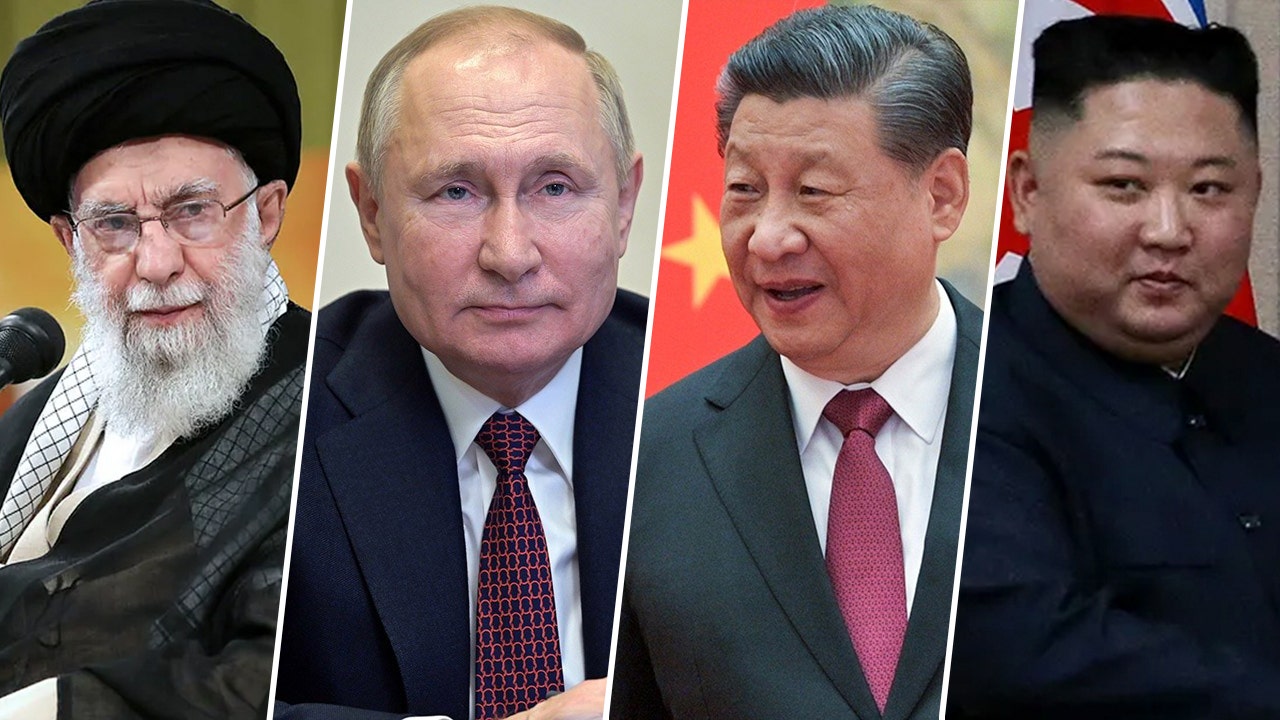The first scientist to publish a sequence of the COVID-19 virus in China said he was allowed back into his lab after he spent days locked outside, sitting in protest.
Zhang Yongzhen wrote in an online post on Wednesday, just past midnight, that the medical center that hosts his lab had “tentatively agreed” to allow him and his team to return and continue their research for the time being.
“Now, team members can enter and leave the laboratory freely,” Zhang wrote in a post on Weibo, a Chinese social media platform. He added that he is negotiating a plan to relocate the lab in a way that doesn’t disrupt his team’s work with the Shanghai Public Health Clinical Center, which hosts Zhang’s lab.
ECOHEALTH ALLIANCE PRESIDENT TO TESTIFY ON COVID ORIGINS, WUHAN LAB TAXPAYER-FUNDED RESEARCH
Zhang and his team were suddenly told they had to leave their lab for renovations on Thursday, setting off the dispute, he said in an earlier post that was later deleted. On Sunday, Zhang began a sit-in protest outside his lab after he found he was locked out, a sign of continuing pressure on Chinese scientists conducting research on the coronavirus.
Zhang sat outside on flattened cardboard in drizzling rain, and members of his team unfurled a banner that read “Resume normal scientific research work,” pictures posted online show. News of the protest spread widely on Chinese social media, putting pressure on local authorities.
In an online statement Monday, the Shanghai Public Health Clinical Center said that Zhang’s lab was closed for “safety reasons” while being renovated. It added that it had provided Zhang’s team an alternative laboratory space.
Zhang Yongzhen, the first scientist to publish a sequence of the COVID-19 virus, looks at a presentation on his laptop in a coffee shop in Shanghai, China on Dec. 13, 2020. Zhang and his team regained access to their laboratory after staging a sit-in protest when authorities locked them out. (AP Photo/Dake Kang)
But Zhang responded the same day his team wasn’t offered an alternative until after they were notified of their eviction, and the lab offered didn’t meet safety standards for conducting their research, leaving his team in limbo.
Zhang’s dispute with his host institution was the latest in a series of setbacks, demotions and ousters since the virologist published the sequence in January 2020 without state approval.
Beijing has sought to control information related to the virus since it first emerged. An Associated Press investigation found that the government froze domestic and international efforts to trace it from the first weeks of the outbreak. These days, labs are closed, collaborations shattered, foreign scientists forced out and some Chinese researchers barred from leaving the country.
Zhang’s ordeal started when he and his team decoded the virus on Jan. 5, 2020, and wrote an internal notice warning Chinese authorities of its potential to spread — but did not make the sequence public. The next day, Zhang’s lab was ordered to close temporarily by China’s top health official, and Zhang came under pressure from the authorities.
Foreign scientists soon learned that Zhang and other Chinese scientists had deciphered the virus and called on China to release the sequence. Zhang published it on Jan. 11, 2020, despite a lack of permission from Chinese health officials.
Sequencing a virus is key to the development of test kits, disease control measures and vaccinations. The virus eventually spread to every corner of the world, triggering a pandemic that disrupted lives and commerce, prompted widespread lockdowns and killed millions of people.
Zhang was awarded prizes overseas in recognition for his work. But health officials removed him from a post at the Chinese Center for Disease Control and Prevention and barred him from collaborating with some of his former partners, hindering his research.
Still, Zhang retains support from some in the government. Though some of Zhang’s online posts were deleted, his sit-in protest was reported widely in China’s state-controlled media, indicating divisions within the Chinese government on how to deal with Zhang and his team.
“Thank you to my online followers and people from all walks of life for your concern and strong support over the past few days!” Zhang wrote in his post Wednesday.




